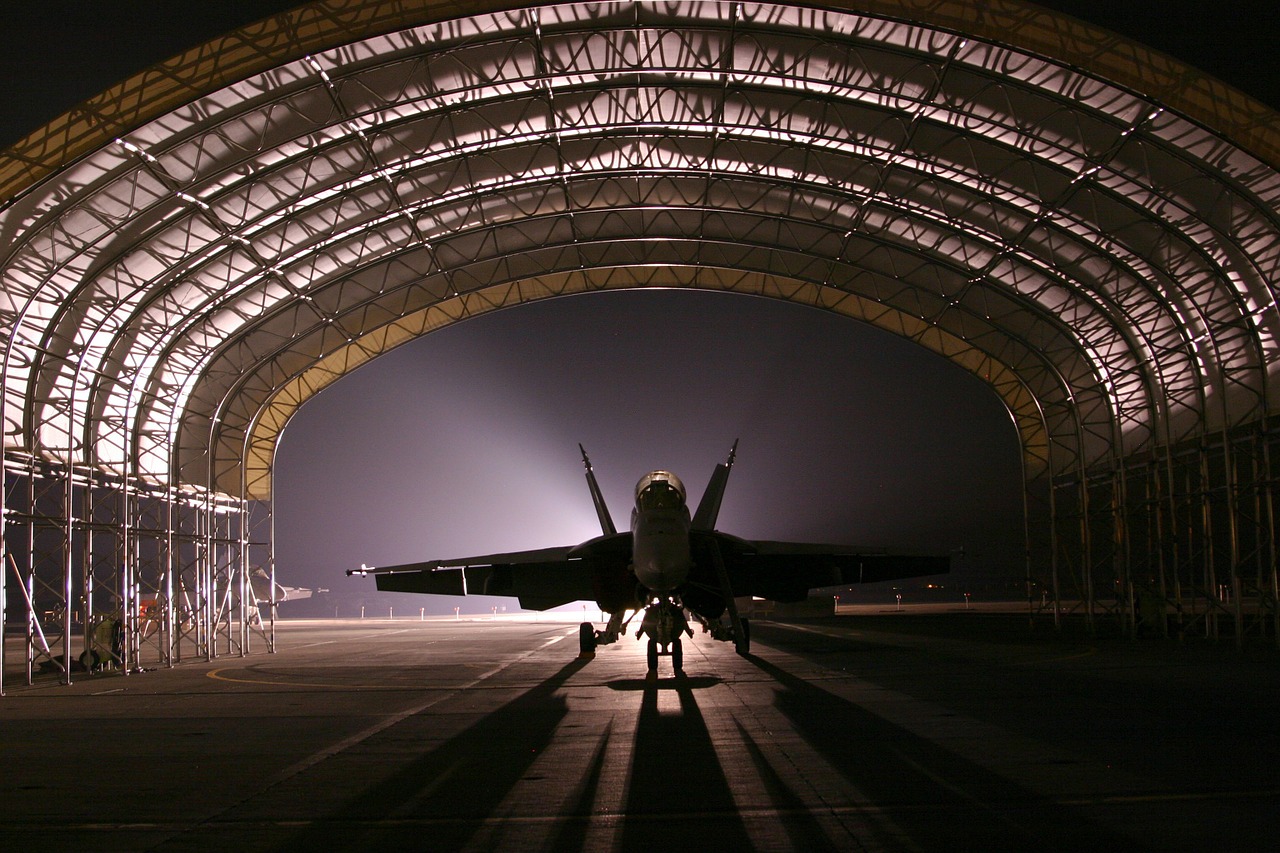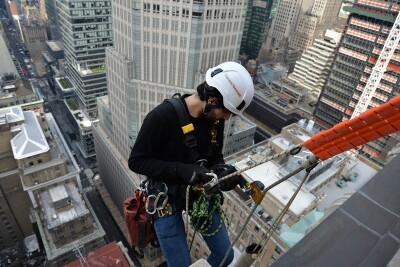Last week, an F-22 Raptor fighter jet coming in for landing just missed colliding with a small UAV, thanks to the great reflexes and training of the pilot. This incident has the top brass of the Armed Forces in high alert, especially when another drone sighting happened at the base just a few days prior.
At an Air Force Association breakfast in Washington D.C., Tuesday, Gen. Mike Holmes, commander of Air Combat Command, said a pilot in a Lockheed Martin (LMT) F-22 had a "near collision with a small UAS" while trying to land. He said that a hobbyist was most likely flying the unmanned aerial system, but warned, "you never know." Just a few days earlier, a base security guard observed another small UAV fly into the complex and over the flight line before heading back out. In both cases the airman and the ground troops didn’t have the legal authority to shoot down or otherwise disable the drone.“Imagine a world where somebody flies a couple hundred of those, and flies one down the intake of one of my F-22s with just a small weapon,” Holmes added. “I need the authorities to deal with that.”Unauthorized UAV flights near protected facilities are a complicated legal issue. The FAA is legally responsible for the safety and security of the airspace of the country, and has already established no-fly zones over every U.S. military base, so any UAV flight in such areas is illegal. But deciding when it is OK for the military to disable or destroy the unmanned vessel which overflies its facilities is still something of a gray area.Apart from the Pentagon and the FAA, multiple government agencies such as the Department of Homeland Security, the Department of Justice and the Federal Communications Commission (FCC), and state and local legislatures, have complicated jurisdictional responsibilities that need to be in compliance with the FAA mandate. As drone technology becomes more available, the armed forces are increasingly worried about the threats posed by small UAVs to their multi-million dollar equipment and the safety of its personnel. The various services are developing tools to defend and deter against small UAVs, from jamming their electronics to shooting them down, but at the end of the day they lack the legal authority to use them.“We will likely receive the authority to defend the nuclear installations first, and then we will try to work the other ones,” Holmes added. “We need to extend those authorities beyond the nuclear sites to protect the sophisticated assets we rely on.”For the FAA, the most immediate concern is small drones flying near busy commercial airports. The agency has tested several different detection systems at several airports, and the number of initiatives to detect and destroy unauthorized drones seems to rise exponentially with every new close call. While Gen. Holmes and his ACC have no authority to disable or track UAVs near its bases, the air force’s nuclear sites are working on getting government approval to legally deal with gate-crashing drones.The FAA expects the number of hobbyist drones to soar from 1.1 million at the end of 2016 to more than 3.5 million by 2021. The commercial, non-hobbyist UAS fleet is expected to grow from 42,000 at the end of last year to 442,000 aircraft by 2021, with the possibility of as many as 1.6 million drones.Given that these occurrences and close calls are happening more and more, it is up to us as an industry to be vigilant and compliant with rules and regulations. If someone is going to cause an accident, either with a military or civilian manned aircraft, let’s make sure that is not someone engaged in a commercial enterprise. This will make life a lot harder for the rest of the responsible members of this exploding new industry.Subscribe
The information you submit will be stored and used to communicate with you about your interest in Commercial UAV News. To understand more about how we use and store information, please refer to our privacy policy.
July 14, 2017
Close Call with an F-22 Has the Air Force on Alert





.jpg.small.400x400.jpg)









Comments